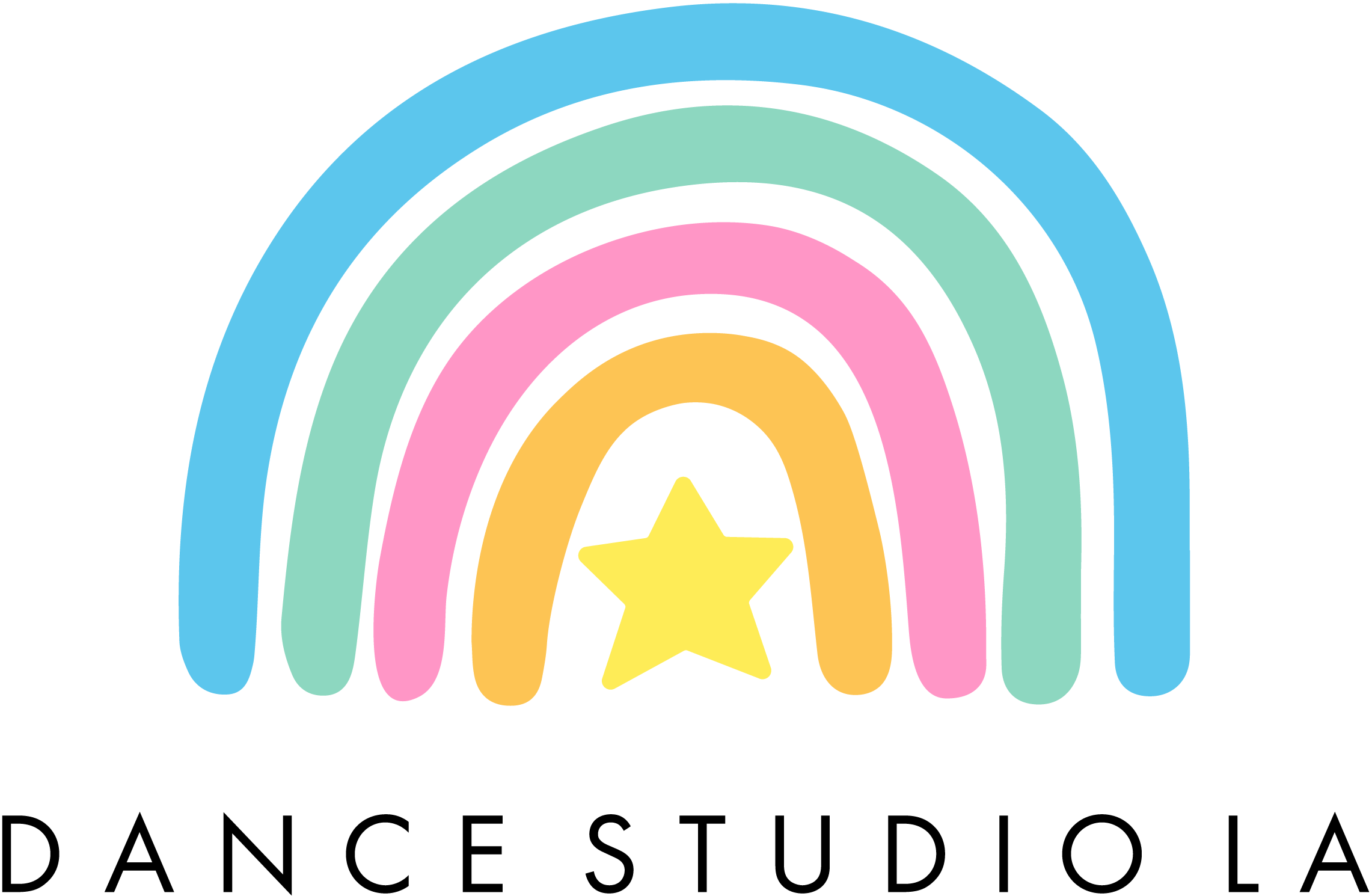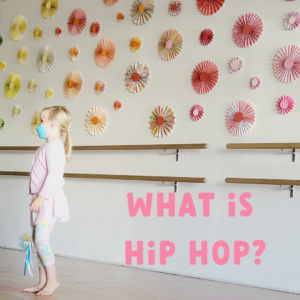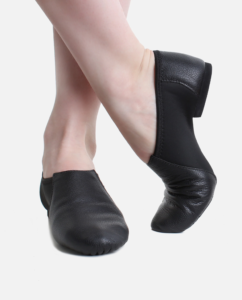The Benefit of Sending Your Dancer To Our Holiday Dance Camps
The benefits of dance camp is essentially the same as sending your child to dance camp! Your dancer will continue to work on their flexibility, stamina, and coordination.
Here are some of the MANY benefits of our camps!
IMPROVES KIDS LEARNING PROCESS
While at camp your child will have the opportunity to learn multiple dances from a variety of our teachers. Dance boosts children’s memory through the learning of choreography. This helps develop learning skills to improve their academic and social life.
GOOD EXERCISE
Dance can improve your child’s flexibility, muscle development, and cognitive development. Stretching and balancing both contribute to a stronger mind and body. Studies have suggested that the more active a child is, the stronger their core. Plus it’s a fun way for kids to move around in a safe and fun setting!
IT WILL HELP ENHANCE WITH THEIR SOCIAL SKILLS
Teamwork and participation in dance class is encouraged. This can help kids socially branch out in a small or large class setting. Children learn to take turns playing dance games while respect others personal space. Our kids dance camps work on a performance for the end of camp. This allows children to work together towards a common goal, while helping them to build confidence and performance experience. Priceless life lessons!
KIDS DANCE CAMP IS FUN!
The most important part of all of this is fun! Your child will have a day full of fun. While making new friends, and growing relationships with old ones. Since our holiday camp runs from 9am-3pm there is plenty of opportunities for growth and enjoyment. Camp will give your child a space to explore in a productive way to spend their day while having time off from school.
While dance is the key factor of our camps along side fun, the day is full of activities. We incorporate interactive games, art projects, and we even involve a chance for our dancers to “act” out scenes for their end of week program.
WE HOPE TO SEE YOUR DANCER FOR OUR THANKSGIVING CAMP!






